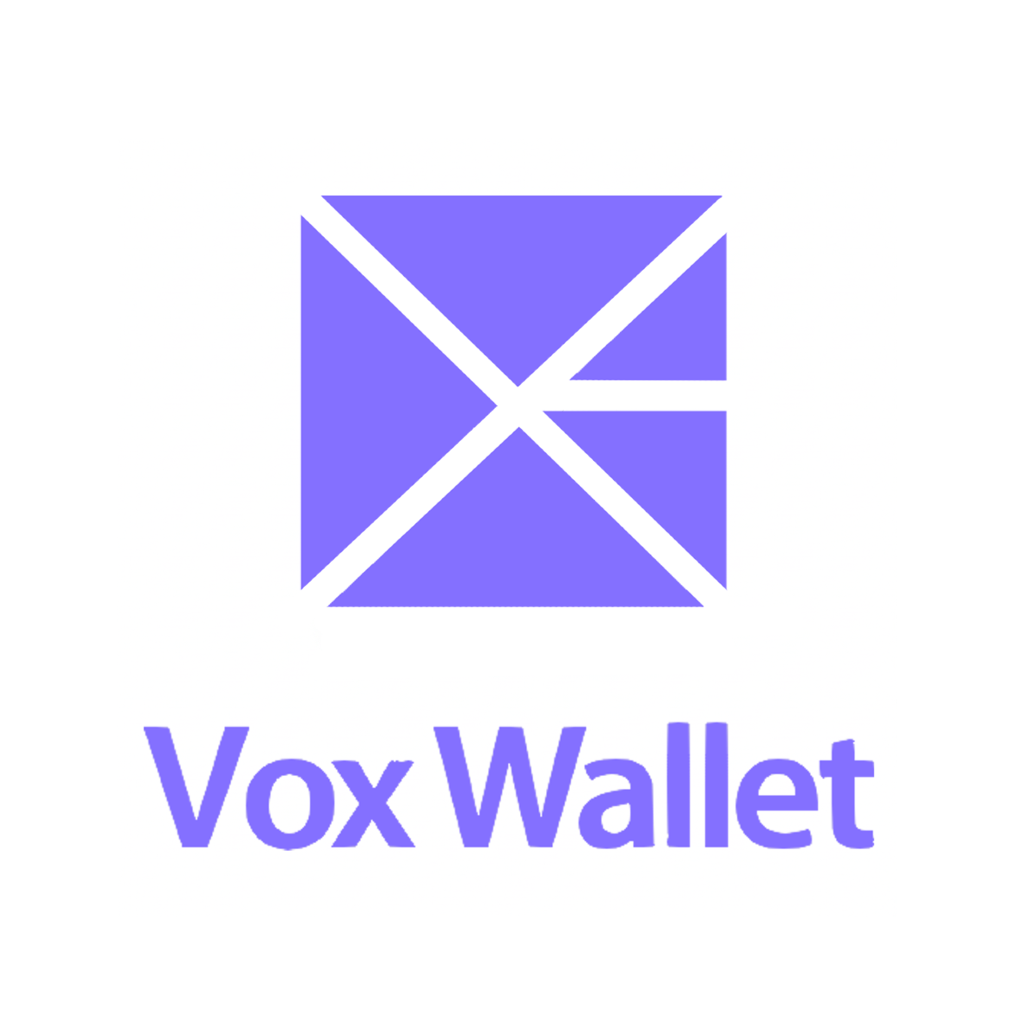
Vox Wallet
AI , Fullstack

Project Details
1. Core Problem Solved
Traditional personal finance management is plagued by two major issues:
- High Friction: Manual entry of expenses and income is tedious, time-consuming, and prone to error, leading most users to abandon the habit.
- Fragmented View: An individual's financial life is often scattered across multiple bank accounts and credit cards, making it difficult to get a single, unified view of their cash flow and financial health.
This results in a lack of clarity and control, causing financial anxiety for a large segment of the population, particularly for time-poor young professionals.
2. The Solution: Vox Wallet
Vox Wallet addresses these problems by building a financial management tool centered on automation and intuitive design. It shifts the burden of tracking from the user to intelligent technology, making it a seamless part of a user's day.
3. Key Features & Innovations
- Conversational AI Interface: The app's signature feature is a voice-first command system. Users can tap an orb and speak naturally (e.g., "I spent $25 on dinner and got paid $1,500").
- Speech-to-Text: Audio is transcribed using OpenAI's Whisper model.
- Natural Language Understanding: The transcribed text is then processed by a fine-tuned Microsoft Phi-3 model, which extracts the intent, entities (item, amount), and categorizes the transaction.
- Automated Bank Synchronization: Through a secure integration with GoCardless, users can connect to over 2,300 banks across Europe. The application periodically and automatically syncs all new transactions in the background.
- Intelligent Auto-Categorization: Raw, often cryptic, transaction data from banks (e.g., "TESCO STORES LTD #5841") is automatically sent to the AI engine, which cleans it up and assigns it a proper category (e.g., "Food and Groceries"). This provides users with an instantly understandable and actionable transaction history.
- Unified Financial Dashboard: All data, whether entered by voice or synced from a bank, is aggregated into a single, comprehensive dashboard. This dashboard provides users with:
- Real-time key metrics (net flow, income, expenses).
- Analytics on spending habits and trends.
- Tracking for budgets and savings goals.
4. Technology Stack
- Frontend (Cross-Platform Mobile App):
- Framework: Flutter
- Language: Dart
- State Management: Provider
- Backend (API Server):
- Framework: FastAPI
- Language: Python
- Database: SQLite with SQLAlchemy ORM
- Task Scheduling: APScheduler (for background bank syncs)
- AI & Machine Learning:
- Speech Recognition: OpenAI Whisper
- Language Model: Microsoft Phi-3
- Core Libraries: PyTorch, Transformers
- Third-Party Services & APIs:
- Open Banking: GoCardless
- Payments: Stripe (for future subscription model)
5. Project Status & Next Steps
The project is currently a fully functional Minimum Viable Product (MVP) with end-to-end capabilities, from voice input and bank syncing to data display and categorization.
- Current Status: Core features are implemented and functional. The application successfully integrates voice commands and automated bank data into a unified user experience.
- Next Steps:
- Feature Expansion: Build out more advanced features, such as investment tracking, debt management tools, and more sophisticated AI-driven financial advice.
- Market Expansion: Execute the go-to-market strategy, focusing first on key European markets before expanding to the United States.
- Monetization: Implement the tiered subscription model (Plus and Pro) using the existing Stripe integration.
